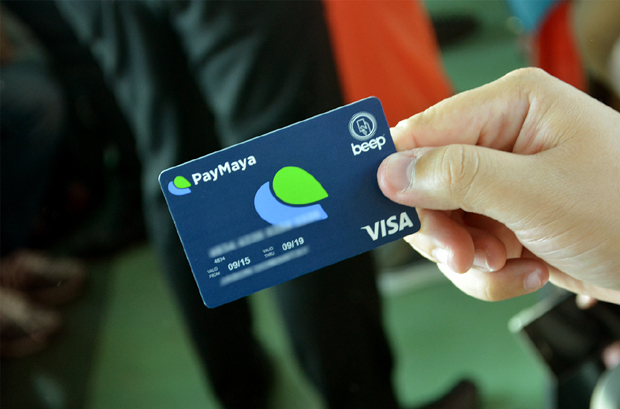Cashless payments are on the rise in the Philippines with 60 percent of Filipinos carrying less cash in their wallets and 84 percent having tried going cashless in 2021, according to Visa’s Consumer Payment Attitudes Study.

“While cash is still commonplace in the Philippines, the preference for cashless payments is clearly gaining momentum. Our study showed more Filipinos are confident to get by without cash and for longer periods of time – with more than half feeling confident to get by for a week or longer, as cashless payment options grow,” Dan Wolbert, Visa country manager for the Philippines and Guam said.
“Filipinos believe Covid-19 has accelerated the country’s transition to a cashless society by at least three years. Now, seven out of 10 consumers anticipate that the Philippines can become fully cashless within the next seven to 10 years,” explained Wolbert.
Cashless payment usage in the country is increasing across a variety of payment options, where Filipinos’ have a preference to use mobile wallets (64%), card payments online (52%), card payments at physical merchants (44%), and QR payments (31%).
This shows that the pandemic has also driven the uptake of cashless payment methods, especially mobile wallets and card payments online, with a large number of first-time users due to the pandemic.
Contactless payments, on the other hand, are seen as an emerging payment method in which consumers showed high interest. Eighty-three percent of Filipinos are aware of contactless payments while 69 percent have made contactless payments in 2021 (up from 66% in 2020).
In 2021, the pandemic continued to be the main driver of online shopping growth, especially digital purchases made via e-commerce apps. More consumers turned to online shopping and started using apps or websites to shop for the first time.
Movement restriction orders in the past year also led to an increase in in-home spends that included home office products, groceries, personal care items, and content platform subscriptions. Home delivery also remained high, with 1/3 of consumers being first-time users.




